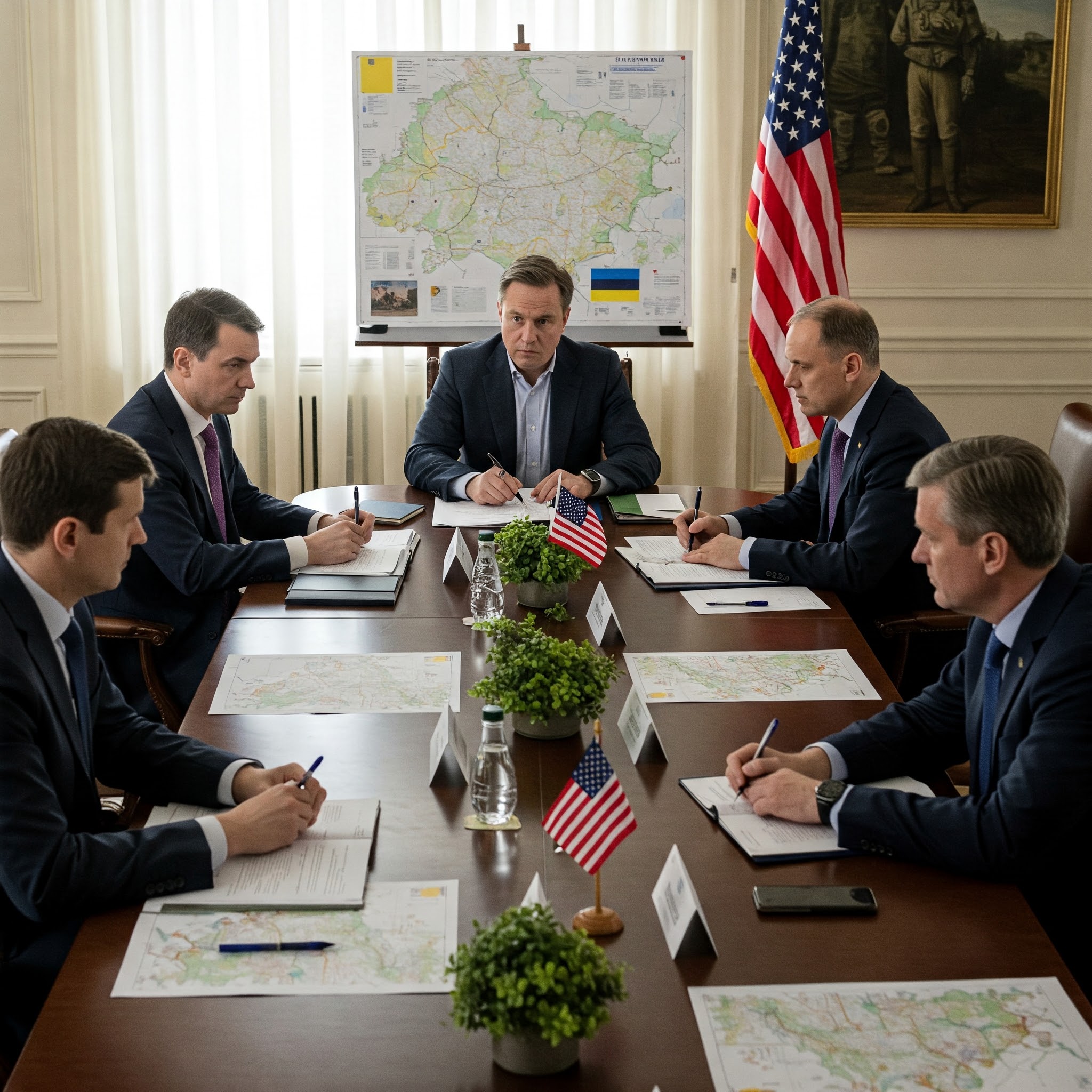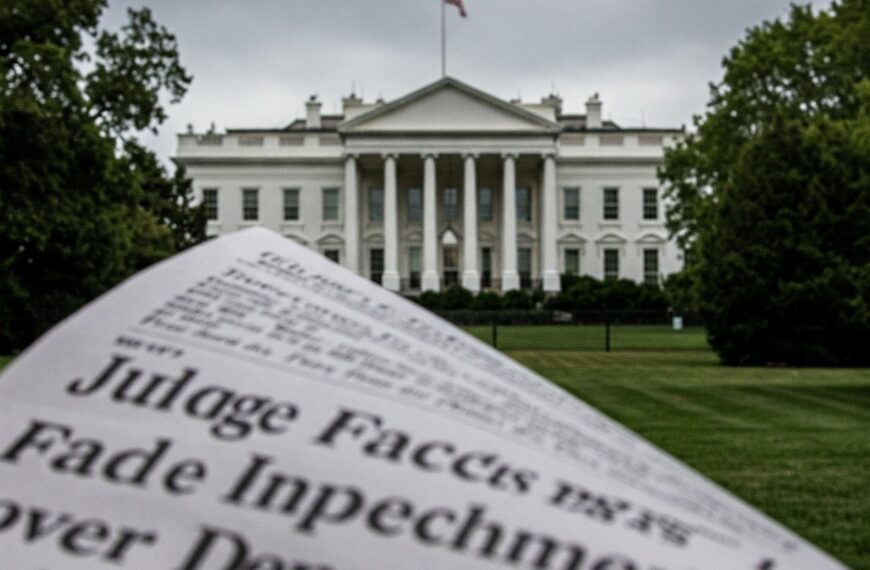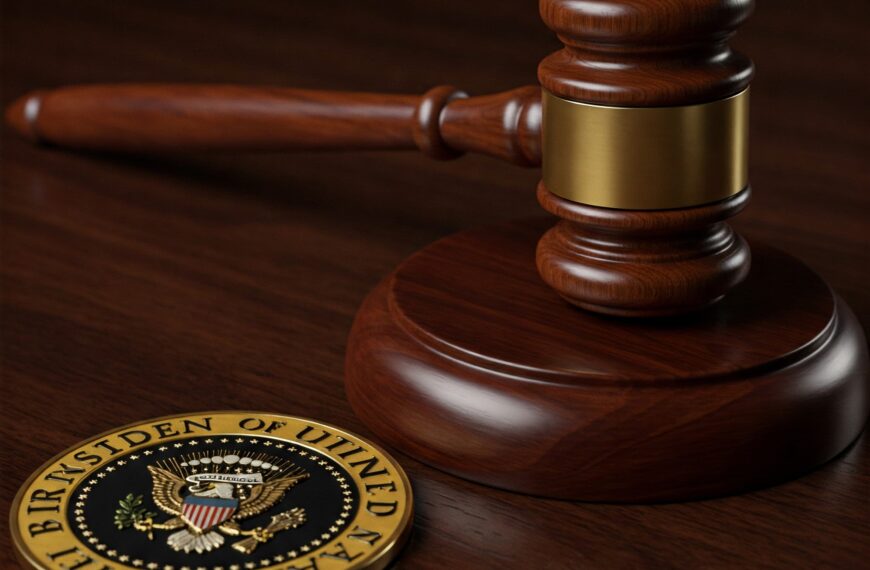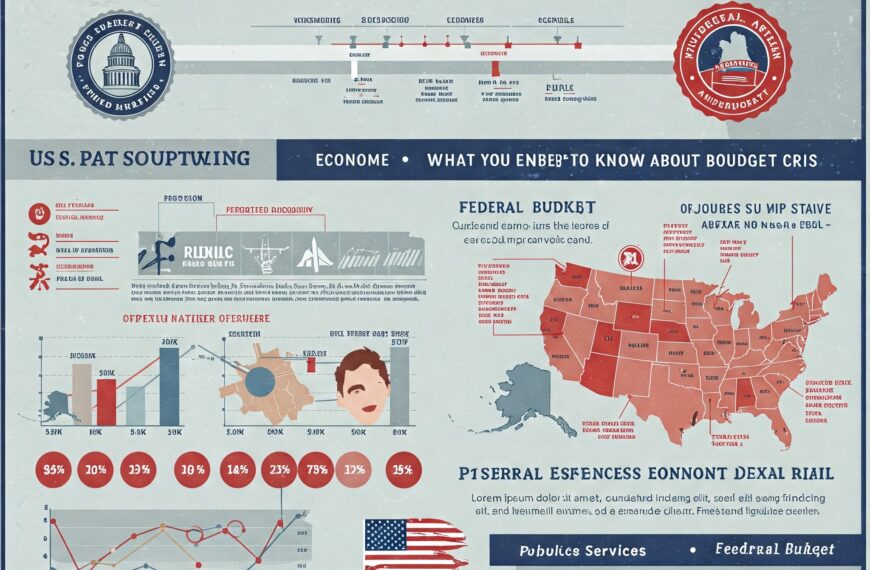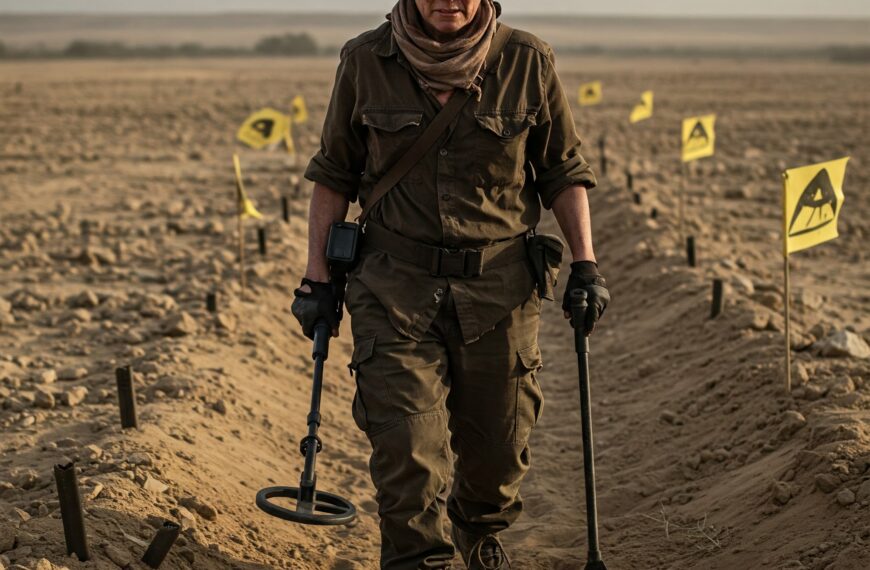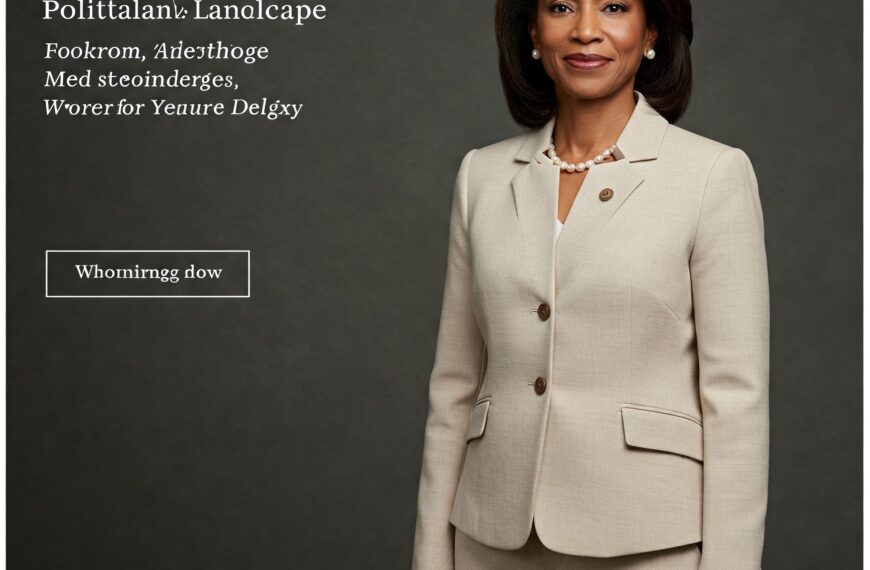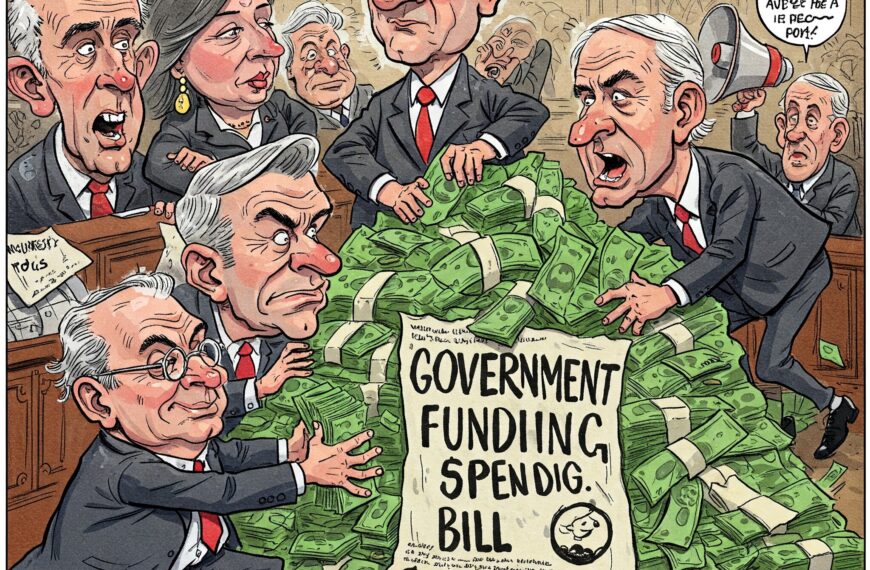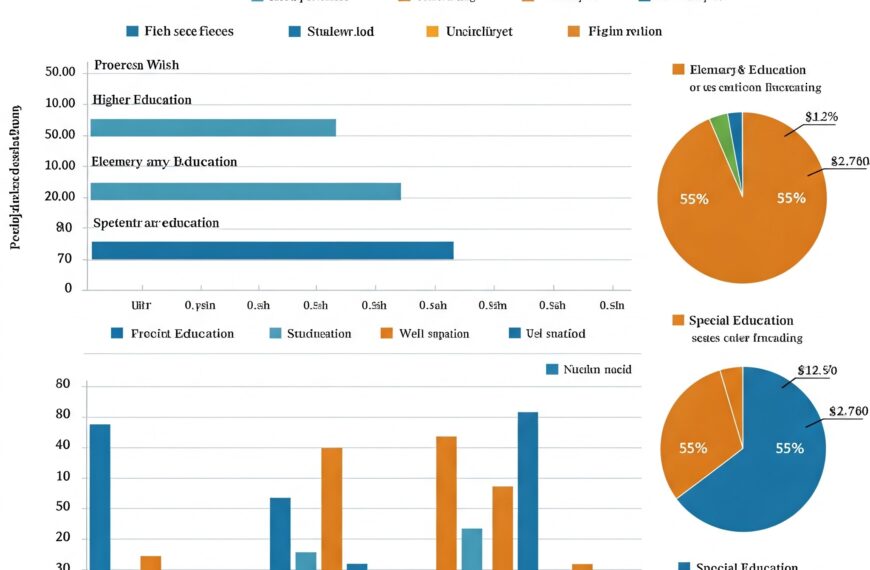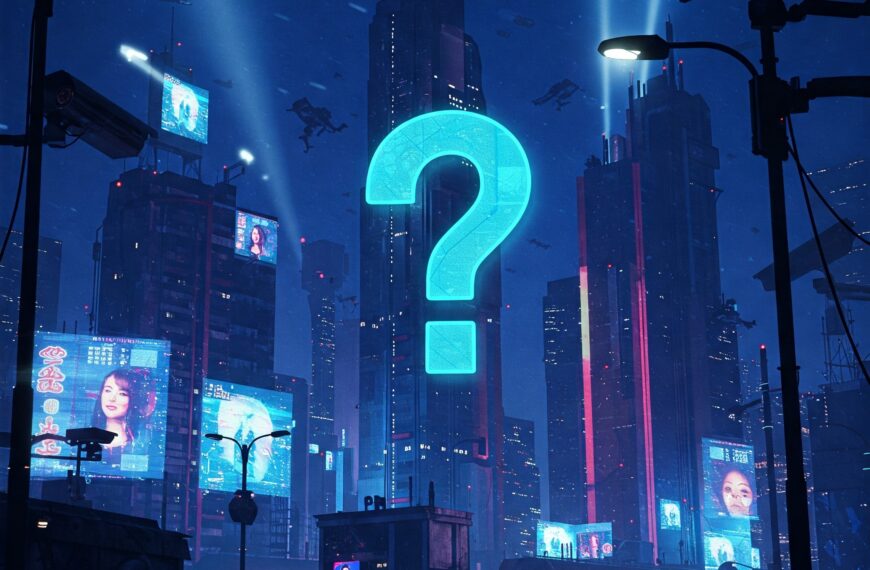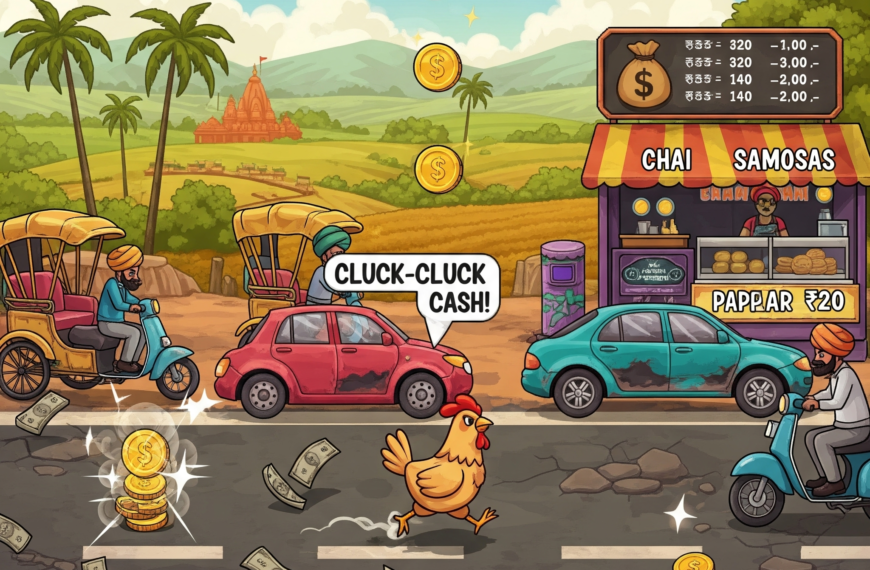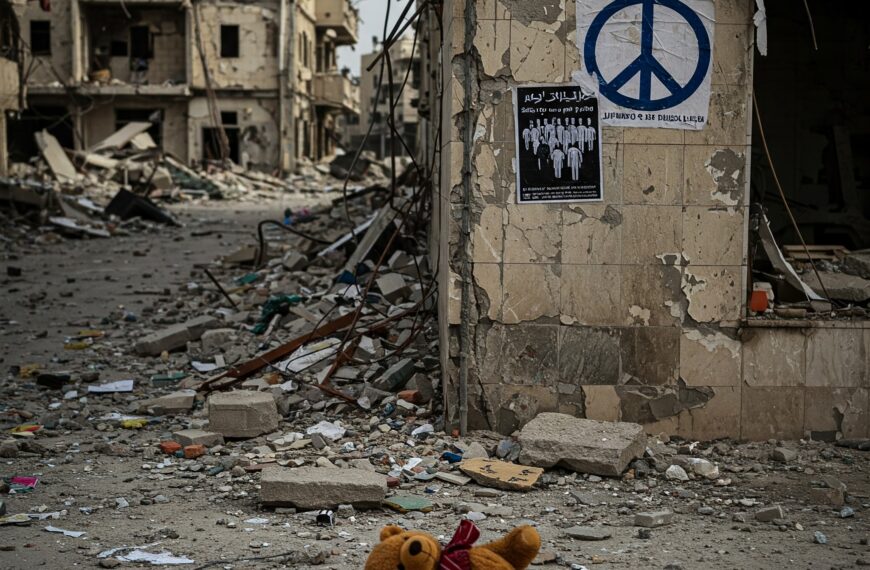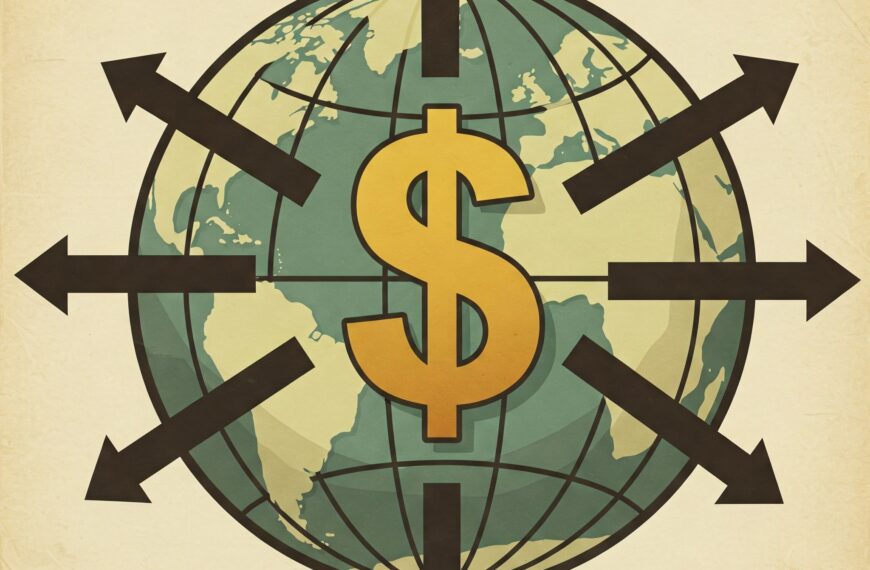Introduction
In a pivotal move toward resolving the ongoing Russia-Ukraine conflict, the United States has proposed a 30-day comprehensive ceasefire, which has been accepted by Ukraine. This initiative is aimed at halting hostilities and opening a path to long-term peace negotiations. As of now, Russia has not formally agreed to the ceasefire, although discussions continue. This blog post presents an in-depth analysis of the current situation, recent diplomatic moves, and international responses.
Key Developments and Timeline
| Date | Event | Parties Involved | Outcome/Status |
|---|---|---|---|
| March 10, 2025 | U.S. proposes a 30-day comprehensive ceasefire | U.S. (Marco Rubio, Mike Waltz), Ukraine | Proposal accepted by Ukraine; awaiting Russia’s response |
| March 10, 2025 | Ukraine officially agrees to ceasefire terms | President Volodymyr Zelensky | Ukraine ready to implement ceasefire |
| March 10, 2025 | U.S. lifts pause on military aid to Ukraine | U.S., Ukraine | Military and intelligence aid resumed |
| March 11, 2025 | Russia expresses doubts about ceasefire | Deputy FM Sergei Ryabkov, Russian Officials | Russia calls for long-term solution, no formal acceptance |
| Recent (March 2025) | Drone attacks escalate over Moscow | Unknown attackers (alleged Ukrainian retaliation) | Increased tensions, multiple casualties reported |
Diplomatic Reactions
United States
- Secretary of State Marco Rubio and National Security Adviser Mike Waltz led the initiative for a ceasefire.
- Following Ukraine’s agreement, military and intelligence aid to Ukraine resumed.
Ukraine
- President Volodymyr Zelenskyy has formally agreed to the proposed ceasefire, urging Russia to participate in peace efforts.
- Ukraine shows willingness for broader peace negotiations, contingent on Russia’s commitment.
Russia
- Deputy Foreign Minister Sergei Ryabkov has expressed reservations, emphasizing that without a long-term framework, a ceasefire could be temporary.
- Russia demands addressing the “root causes” of the conflict.
European Union
- France and other EU nations have shown support for the ceasefire proposal, urging Russia to join and de-escalate the conflict.
Ongoing Challenges and Security Concerns
Despite diplomatic progress, the situation remains tense:
- Drone attacks on Moscow have caused significant casualties and damage, highlighting the fragility of the situation.
- Border regions between Russia and Ukraine continue to witness sporadic clashes, making ceasefire enforcement complex.
- Humanitarian crisis persists in Eastern Ukraine, with millions of civilians affected by the prolonged war.
Geopolitical Implications
| Aspect | Impact |
|---|---|
| Global Security | Potential de-escalation may reduce broader NATO-Russia tensions |
| Economy | Ceasefire could stabilize global energy markets impacted by the war |
| Humanitarian Relief | Ceasefire may enable humanitarian corridors for civilians |
| Military Dynamics | Resumption of U.S. aid strengthens Ukraine’s position, increasing leverage in negotiations |
Conclusion
The 30-day ceasefire proposal marks a crucial juncture in the Russia-Ukraine war. While Ukraine has embraced the initiative and the U.S. has reinforced its support, Russia’s hesitation remains a significant hurdle. The coming days will be pivotal in determining whether this ceasefire can evolve into a lasting peace agreement. The international community watches closely, hopeful for a resolution that ends years of devastating conflict.
Sources
- The Guardian: Ukraine-Russia US peace talks
- AP News: US-Ukraine ceasefire proposal
- The Times UK: Ukraine war latest
- Rappler: Russia demands long-term peace deal
Stay updated on this evolving story as further developments unfold.
